What is a Spare In Bowling? Is Better Than Strikes?
Bowling can be an exciting game. You get to throw some balls down a wooden corridor and try to knock over some pins. When you play it, you will want to learn about the different terms and phrases used in bowling. For instance, what is a spare in Bowling?
In this post, you will find answers to his and a couple of other related questions. Read on for the details….
A spare is a common term used in bowling. It refers to knocking down all ten bowling pins within two attempts. Depending on how your ball rebounds from the gutter, it can hit the pins directly or knock them over. If a spare is achieved in both frames, you will receive a strike or spare bonus.
The best way to get a spare is if your first ball hits the wide edge of the lane and knocks down all but one pin. Then all you have to do is throw your second ball directly at that last remaining pin, which should also knock it over!
Are Spares Better Than Strikes?
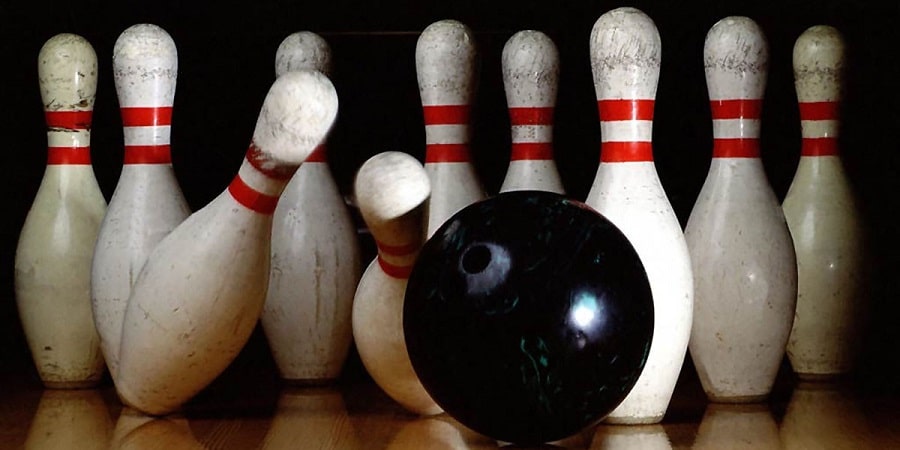
Strikes are better in terms of scores. A strike is worth 10 points, plus the number of pins you knock down in the next frame. This can be a lot of points, especially if you have several consecutive strikes. In contrast, a spare is worth 10 points and no additional points for subsequent frames. This means that for each pin bowled over in a spare frame; you get double the points compared to when it happens during a strike.
Why Try For A Spare?
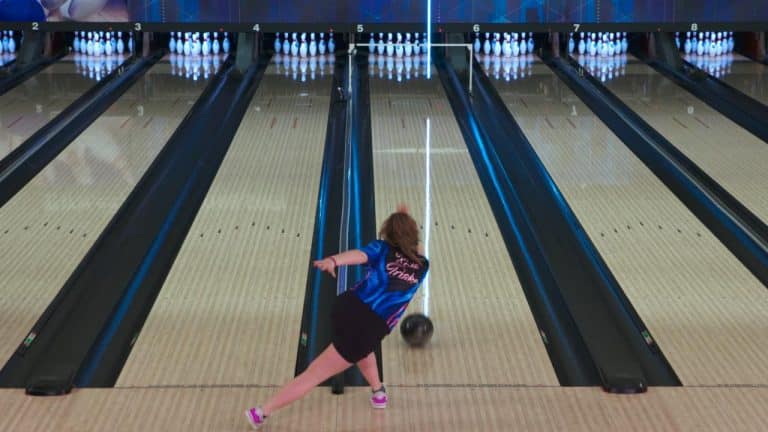
Picking up a spare can be easier than trying to get a strike. Because you have two chances to knock down all the pins, you can still pick up the spare even if you don't hit them all on your first roll. A spare is double the value of a single pin in bowling because it counts as two pins knocked down.
The best way to pick up a spare is to focus on one pin at a time. It's easy to get distracted by all the pins in front of you, but if you focus on one pin and leave it until it goes down, then move on to another one, you'll have more success getting spares.
How To Bowl A Spare
Here are some tips for how to bowl a spare:
- Get your shoulders into it! You must put some weight behind each shot to hit that 10-pin consistently. Don't worry about swinging too hard; focus on getting as much power into each throw as possible without sacrificing form or technique.
- Select your pin based on what you see on the pin board. It is called the “target pin.” Move your stance left or right, depending on the pin you intend to knock down.
- Using a ball that rolls straight versus one with high hooking potential. The ball must roll straight down the lane and knock down the remaining pins for most spares.
- Get into position and aim at the target pin with your dominant eye closed. This will help you focus on where your ball will go after it hits the pins and not worry about what happens before it hits them.
- Ensure your ball doesn't change directions on its trip down the lanes by rolling it with sufficient force.
- Protect your feet with good bowling shoes and give yourself the best grip possible on the lane with good bowling shoes.
- If you are throwing a hooking ball, aim at the center of the lane or even slightly toward the gutter so that it will hook toward its target pin as it travels down the lane.
- If you want to throw a curveball, do so before picking up your bag from behind the foul line and walking down the lane toward your starting position at the foul line.
- Use your top hand as a guide for proper ball angle when throwing a spare shot. Hold the ball with your thumb and index finger, with your wrist bent back at a 90-degree angle. This will be your guide for proper ball angle during the delivery.
Things Keeping You From Picking Up Spares
Here are some things that may keep you from picking up spares:
- Misaiming is one of the most significant issues. It is possible to miss the pins entirely or to end up in the gutter when you don't target the right pin.
- Using the wrong ball is another big problem. Balls that are too light may bounce off the pins if you use them. You may need help controlling a heavy ball, resulting in gutter balls if you use one too heavy.
- The wrong stance can also cause problems, especially if you need to learn how to align yourself with the pins properly. Misalignment can cause your ball to go out of bounds or into other lanes when attempting a spare shot.
- Knowing what type of bowling lane you're on can also be problematic since lanes have different surfaces and oil patterns which affect how much energy is required to strike each pin down with a single throw of your ball.
- If your ball rolls after contact with a pin, it might need to travel farther down the lane for you to get all ten pins.
- You might have difficulty hitting multiple pins on your first roll if you're new at bowling or have never practiced this before.
- If you follow through properly, your ball can stay on course. Keep your ball on course by following through towards the target pin.
Are Spares Harder To Get Than Strikes?
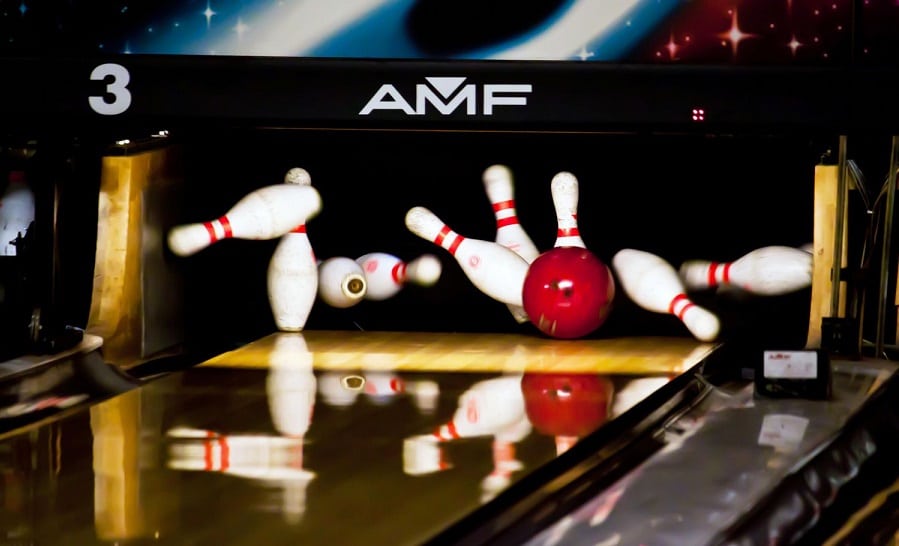
Spares are harder to obtain than strikes. As a result, you might only aim for one pin on your second roll. Most people need to gain the ability to knock down just a few pins with good aim.
However, getting a spare with any ball is possible. Some people think it's easier for a right-handed person to get spares because they have more control over where their ball goes when releasing it.
Conclusion
A spare is an opportunity to score a 10. This can be accomplished by throwing the first ball for a strike and the second ball for another strike. Spares are relatively easy to accomplish but require an almost unfailing accuracy with your bowling ball, which will keep you from making a split.
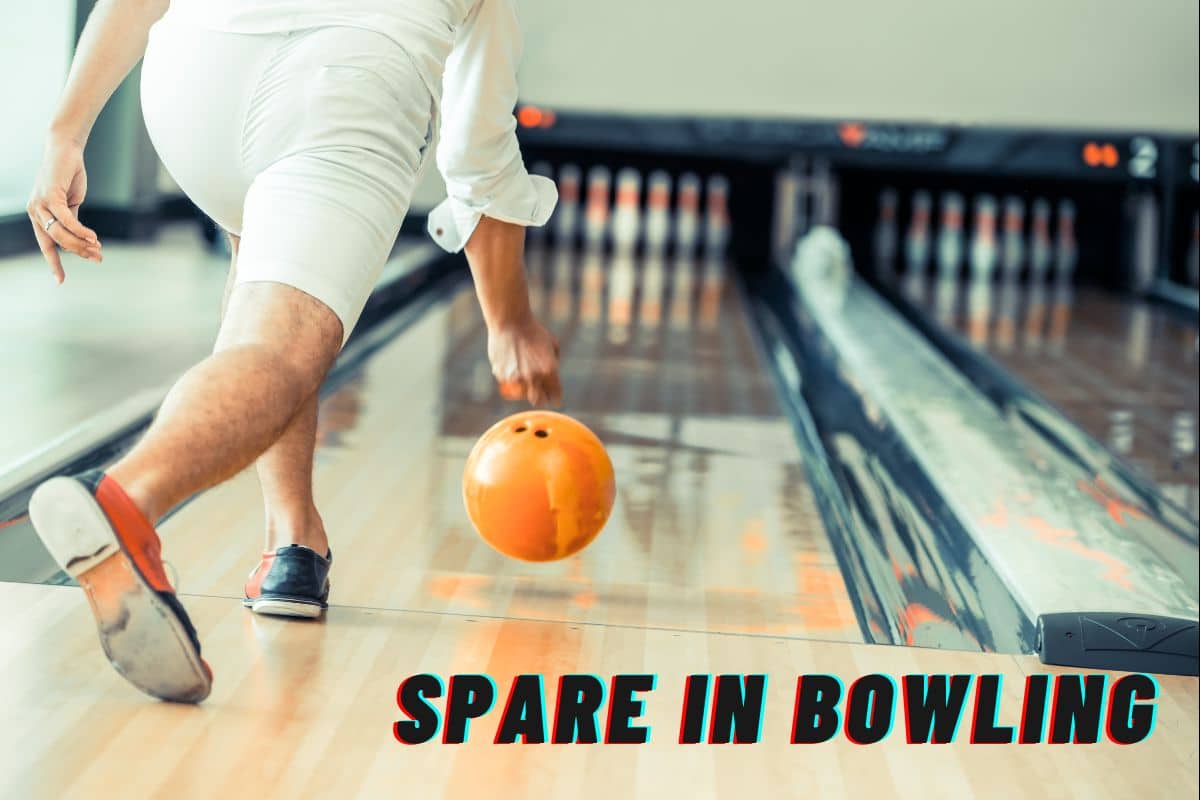
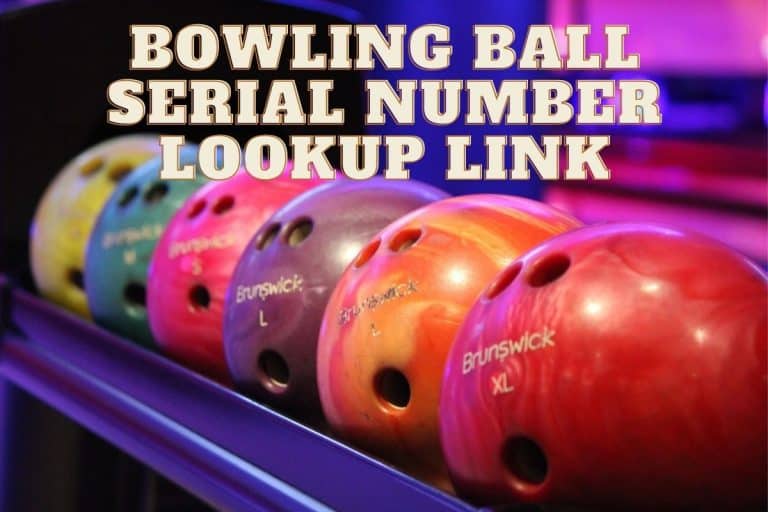
![What are the Four Basic Shots in Bowling? [Strike Them]](https://www.bowlingknowledge.com/wp-content/uploads/2023/03/What-are-the-Four-Basic-Shots-in-Bowling-768x512.jpg)
![What Is Inside a Bowling Ball? [Filler & Weight Block]](https://www.bowlingknowledge.com/wp-content/uploads/2023/02/What-Is-Inside-a-Bowling-Ball-768x512.jpg)
![Are Bowling Alleys Flat? [No, Sloped!]](https://www.bowlingknowledge.com/wp-content/uploads/2023/03/Are-Bowling-AlleysFlat-768x512.jpg)
![How to Throw a Bowling Ball [Straight & Hook]](https://www.bowlingknowledge.com/wp-content/uploads/2023/01/How-to-Throw-a-Bowling-Ball-768x512.jpg)
![What To Wear On A Bowling Date [Ladies & Gentlemen]](https://www.bowlingknowledge.com/wp-content/uploads/2023/01/Wear-On-A-Bowling-Date-768x512.jpg)